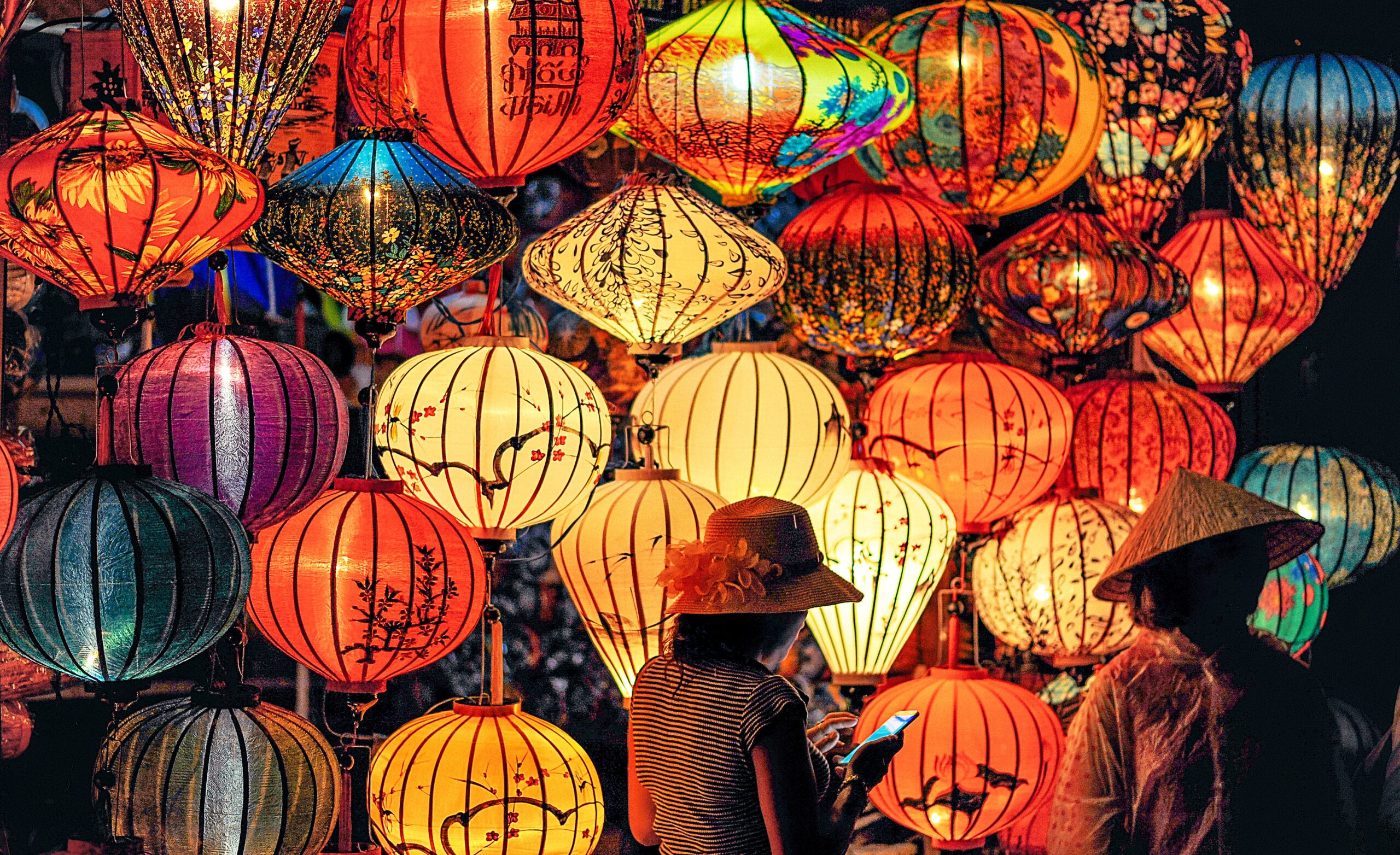
Mickal Aranha
Ryerson University, the Centre for Free Expression and CBC Ideas hosted a panel discussion on cultural appropriation on Tuesday.
The objective of the event was to more clearly define the concept and discuss what it means for how artists do their creative work.
Jani Lauzon, an award-winning theatre artist of Métis ancestry, was one of the panelists. She said that cultural appropriation is frequently an issue when collaborating with non-Indigenous artists.
“Within Western theatre and film there’s these established… I call them square boxes,” said Lauzon.
“Here’s the designer, here’s the director… and there’s a little overlap but the parameters are so rigid and in terms of collaborating and the way that I like to work as a director, I don’t look at those boxes in the same way.”
Lauzon said that working within strictly defined roles prevents non-Indigenous artist from being flexible, willing to give up some control, and listening to Indigenous people about how their stories should be told.
“It becomes this really uncomfortable discussion about where artistic freedom begins and ends, especially when we’re looking at using Indigenous imagery and incorporating them into costume design and trying to honour the way that things are done in those communities,” she said.
Duncan McCue, journalist and host of CBC Radio One Cross Country Checkup wrote a book, Reporting on Indigenous Communities, on the practice, ethics, and protocol of covering Indigenous issues.
McCue said that owing to the crucial prerogative of editorial independence, every journalist who goes into a community is not necessarily a story-teller but a story-taker. McCue sees this as a problematic relationship.
“That is the essence of cultural appropriation, what we’re talking about today, which is theft,” he said.
“That’s what cultural appropriation has been. And Indigenous communities have experienced theft of their stories, of their art, of their clothing, of their songs… of their bones, of their blood.”
McCue wrote the book because he sees journalists continuing to do that today.
“I witnessed journalists going into Indigenous communities, asking to tell their story and then taking that story over and telling it through a narrative lens that fits the means of both the Canadian news consumer and the way that the Canadian news media has always told stories, without any recognition of how Indigenous voices wanted themselves to be portrayed,” he said.
Lauzon added that although she thinks that the resurgence of interest in Indigenous stories by people outside those communities is positive, Indigenous people are finally getting to a place where they are standing up and taking back what is rightfully theirs.
“We are saying no. We have the right to say, no, we don’t want you to be involved in telling that story, we would like to do it. Or, no, you can’t tell that story. And that’s a hard word for people because we weren’t allowed to say no, and we weren’t asked either.”
An audience member questioned whether or not artists have the right to be impolite and offend. James Cullingham, a documentary filmmaker whose work explores Indigenous and settler relations in Canada, replied by differentiating between artistic mediums.
“I think there’s a distinction with capital A art. I hope there’s a conversation, but if we’re in a society where art can’t offend, that’s a problem. Part of the mission of art is to offend some people in some ways.
“As a nonfiction storyteller though, relationship, consideration, and being willing to accept no – that’s what respect is about. I try to guide myself with that but I’m not a visual artist, a painter, I’m not someone doing experimental music. I don’t know if the same rules apply.”

